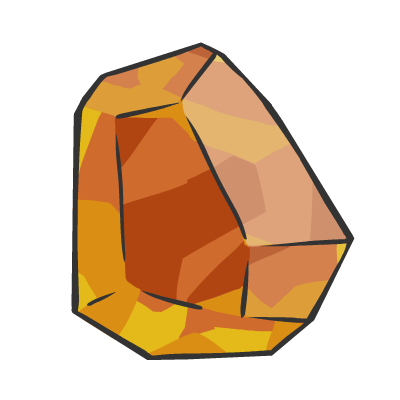Biological Plant Simulation
A virtual simulation of a multi-cellular organism where in which the simulation is based on many interacting particles that have no understanding of what the organism is or should do, but by performing their individual role and collaborating, the structure and behaviour of the larger organism arises emergently.
For efficiency purposes the simulation is in 2D and is heavily abstracted from reality in that real organisms have many cells and very many particles in each cell all of which would be infeasible to simulate in its entirety in real time. Principally the aim is to have an accurate enough representation so that knowledge of how the small scale influences the large scale can be gleaned and that complete representations of some organisms could aid in educational environments. The project will be made in Java using only using default libraries.
Oscillatoria Model:
Oscillatoria organism model implementation:
Actual organism: is a type of blue green algae found in pond water and uses photosynthesis to sustain itself.
Model: When growing, the organism uses cell wall pumps to actively draw in external nutrients from outside of the cell at the cost of consuming sugar particles generated within the organelles. The contents of the cell are then used to produce amino acids which form the basic building blocks for any proteins in the cell such as the cell wall and any organelles. The amino acids are then processed by wall synthesising nodes to lengthen the existing cell walls and grow any dividing cell membranes. Once a cell has grown large enough it will divide into two along its length by forming two opposing nucleation sites that allow for the growth of a thin initial dividing membrane. Once the membrane is complete it is still partially permeable allowing smaller resource particles across but prevents the larger organelles from traversing. To complete the division the membrane is thickened by consuming the appropriate amino acids.
